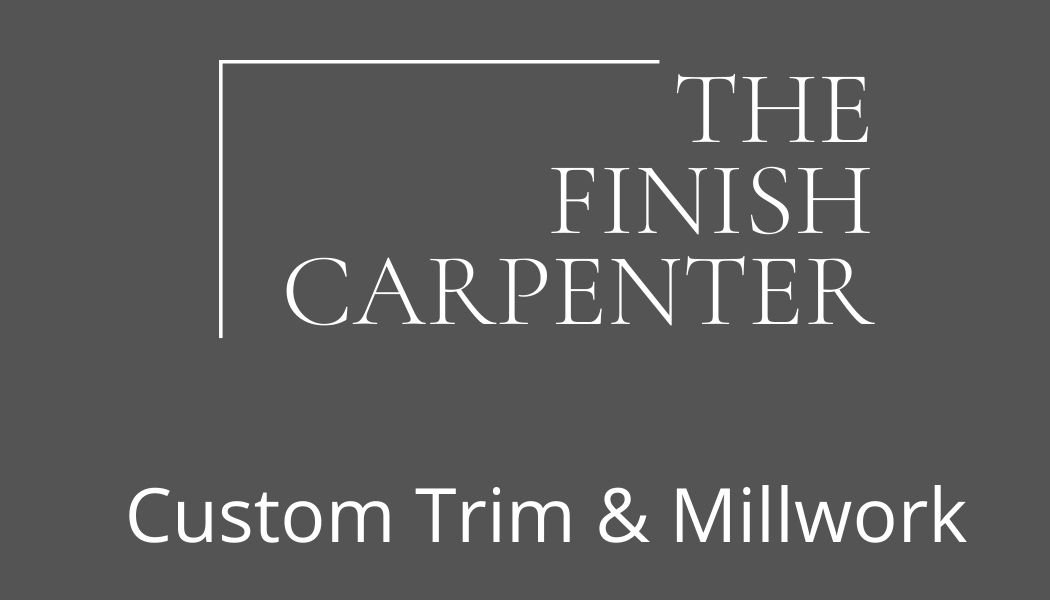What is the hardest type of trim carpentry?
Trim carpentry encompasses various tasks related to adding finishing touches to a building's interior, and the level of difficulty can vary depending on the specific job and the skill level of the carpenter. However, some types of trim carpentry are generally considered more challenging due to the precision and craftsmanship they require:
Crown Molding: Installing crown molding at the junction of walls and ceilings is often considered one of the most challenging trim carpentry tasks. It involves cutting complex angles and achieving perfect joints at both inside and outside corners.
Curved or Radius Trim: Working with curved or radius trim, such as arched doorways or windows, can be particularly challenging. Achieving a smooth and precise fit with curved trim requires specialized skills and tools.
Staircases: Building and installing staircases involve multiple elements of trim carpentry, including handrails, balusters, newel posts, and stringers. The complexity increases when the staircase has intricate or ornate designs.
Wainscoting and Raised Paneling: Installing wainscoting, raised paneling, or other decorative wall treatments involves precise measurements and intricate panel design, making it a challenging trim carpentry task.
Built-In Cabinets and Bookshelves: Building custom cabinets, bookshelves, and entertainment centers requires careful planning, measuring, and precise construction to ensure a seamless fit and aesthetic appeal.
Window and Door Casings: While standard window and door casings are common in trim carpentry, creating custom, intricate casings can be quite challenging. Achieving a seamless transition between the casing and the wall is crucial for a professional finish.
Coffered Ceilings: Installing coffered ceilings, which have recessed panels and beams, involves precise layout and execution to create an appealing and symmetrical design.
Intricate Inlays and Detailing: Adding intricate inlays or other detailing to trim pieces or cabinetry, such as marquetry or delicate carving, can be highly challenging and requires exceptional craftsmanship.
Curved or Angled Baseboards: Installing baseboards in rooms with curved or angled walls can be challenging due to the need to cut and fit the baseboards to match the wall's contours precisely.
Custom Moulding Profiles: Creating custom moulding profiles and matching existing historic moulding can be complex and require advanced woodworking skills.
The difficulty of trim carpentry largely depends on the complexity of the project, the precision required, and the level of customization involved. Skilled trim carpenters such as The Finish Carpenter located in Toronto, Canada often develop expertise in one or more of these challenging areas, and their craftsmanship can greatly enhance the aesthetics and value of a space.

